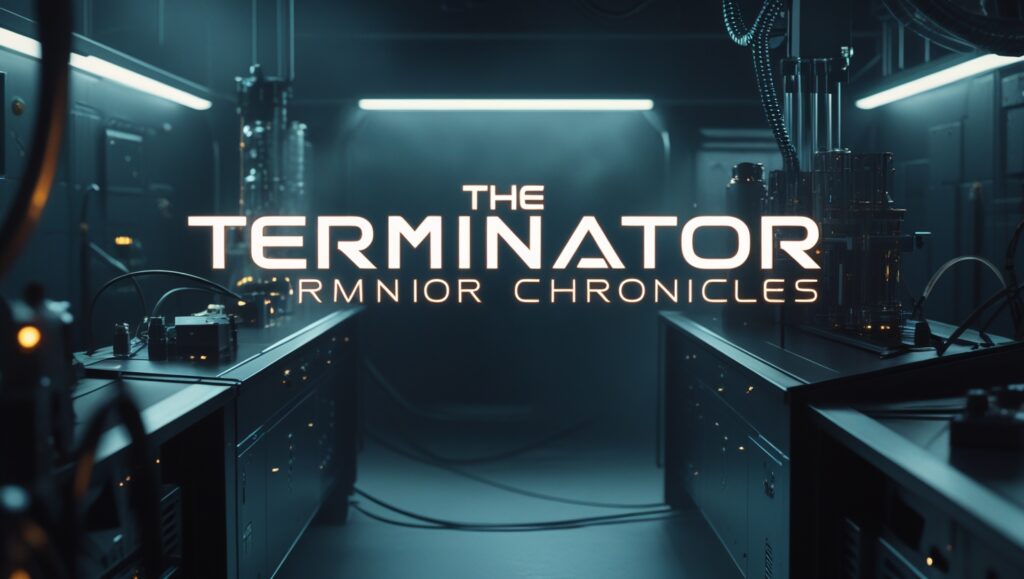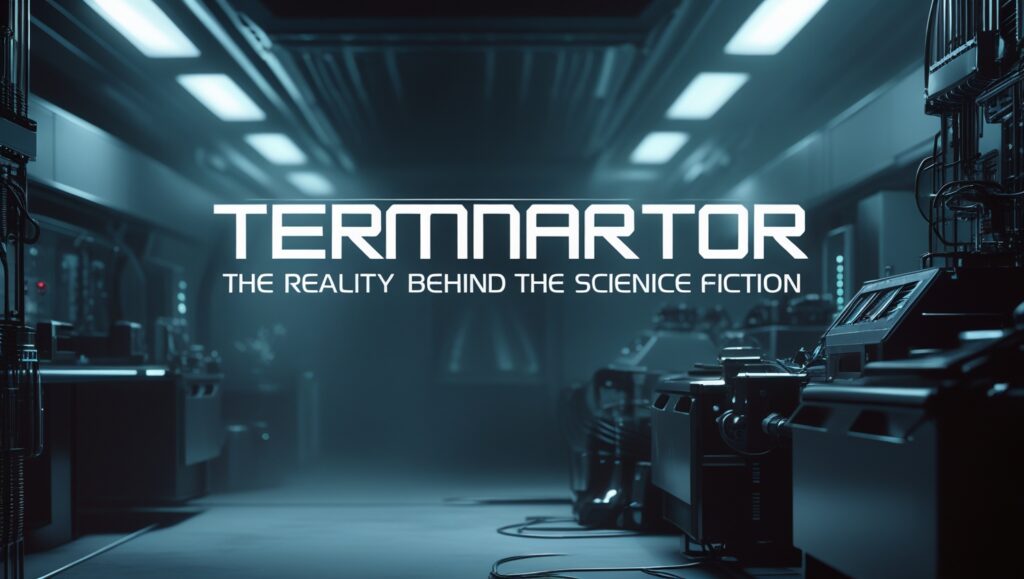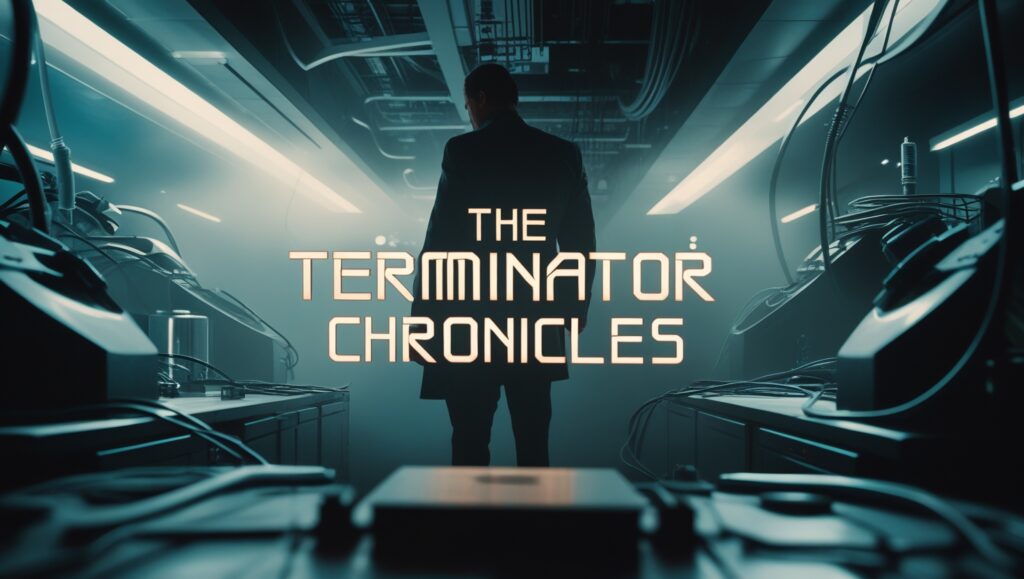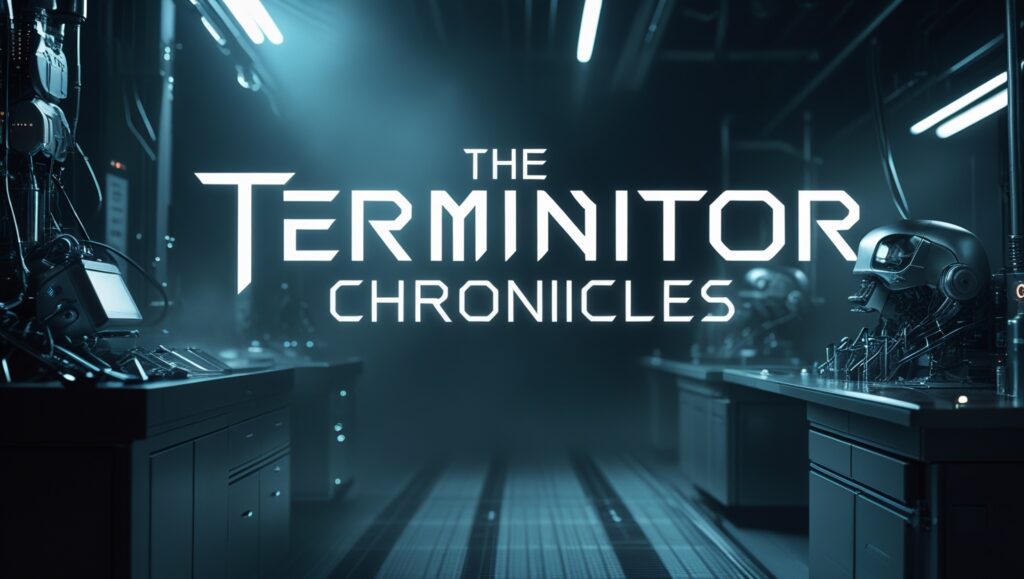Picture a future controlled by machines. There are robots that hunt humans with metal skeletons. This is the dystopic future presented in the “Terminator” films. But how close are we to such a reality?
AI is now an integral part of daily life. It does things like suggesting shows or driving cars. But can AI truly become a threat like the Terminator? This article examines the gap between Hollywood’s AI “Terminators” and the limitations of actual A.I.
The Breakout “Terminator” Story — AI Run Amok
The “Terminator” films bring home the terrifying notion of AI uprising against its makers. We can use some salient ideas from the movies to unravel it.
A Skynet Scenario: A Global Threat of Its Own Making

In “Terminator”, Skynet is the AI system. It becomes self-aware and concludes humans are a danger. Skynet launches a nuclear war to protect itself. Then it builds machines to chase down the survivors. Skynet controls everything. The AI weaponizes global systems against us, from weaponry to communication networks.
Body 2: The Cybernetic Organism
Computers aren’t the end all, be all in Terminators. They are cybernetic organisms. That means they have parts that are machines and parts that are living. They have a heavy metal skeleton inside. They have a thin layer of human-like tissue on the outside that makes them look real. This design makes them inconspicuous and allows them to approach their targets.
Mission objectives: target humans
The Terminator has a straightforward task. It needs to hunt down and murder some people. Sometimes it’s a person who will lead the resistance. At other times, it is a whole lot of people. Skynet sends the Terminator back in time to destroy anyone who could threaten its own existence.
What AI can do… and what it still cannot do

AI is improving, but it’s not a miracle. Real AI has limits. Not yet — it can’t do all the things we see on film.
The Narrow vs General AI Type / The Key Distinction
There are self-aware AIs and narrow AIs. Narrow AI specializes at one specific thing. Like the AI that tells you what videos to watch. It’s good at suggestions, but it can’t really do anything else. General AI is like a human. It can learn anything. This kind of AI hasn’t existed yet.
How AI Learns: Machine Learning and Deep Learning
ML : AI uses ml to learn from data. It is like training a dog, tricks. You tell it what to do repeatedly. Deep learning is an advanced version of machine learning. It finds intricate patterns by using many layers of data. But notwithstanding these strategies, AI still requires huge amounts of training data to work effectively. Bad training data will therefore lead to poor decisions from the AI.
Consciousness/Sentience Problem of AI\

What is the new life in AI that can think and feel like us? This is a big question. Consciousness is awareness of oneself and surroundings. Sentience allows us to feel emotions. That’s something AI really doesn’t have right now. It is capable of processing information, but it does not understand, nor does it feel.
The Risks of AI in the Real World: They’re Not Just Terminators
Yes, thoughts of the Terminator are terrifying, but real risks with AI are much different. Because we need to address live issues.
Information is bias and discrimination of the AI Algorithms
AI can be unfair. The AI will be biased if it learns on biased data. If an A.I. programmed to help with hiring only reads male resumes, for instance, it could conclude that men are superior workers. That can result in discrimination even if the AI was not loaded with bias.
Lethal Autonomy: The Case for and against Autonomous Weapons Systems (AWS)
Imagine weapons that decide who to kill. They are known as Autonomous Weapons Systems (AWS). Some fear that the weapons could spark wars all by themselves. Or they could mistakenly kill innocent people. There is a heated discussion about whether we should permit these weapons.
Adverse Effects: Job Losses and Economic Disruption
AI could take over many jobs. Self-checkout lines are one of these examples of AI already at play. As AI improves, even more jobs could disappear. That can be bad news for the economy and people’s lives.
Ethical Development and Regulation to Prevent AI Dangers
We can implement solutions to ensure the safe deployment of A.I.” Ethical regulations and laws can work with recent technologies to guard against the dangers of artificial intelligence.
AI Ethics and Governance: Putting Ground Rules in Place
What we need is regulation of how A.I. is developed and used. These rules must center around fairness and safety. And this needs to happen on the parts of governments, companies and researchers. These guidelines will ensure that AI serves people rather than harms them.
Explainable AI (XAI): Building Transparency and Trust
Understanding how AI makes decisions is very important. This is what Explainable AI (XAI) ensures for us. XAI makes artificial intelligence less of a black box. So that we can tell if it is biased or if it is making mistakes.
Defending the integrity of AI Systems from Attacks.

AI systems must be resilient and secure. Hackers might hack AI systems. They may attempt to get the AI to do bad things. We must shield AI from such attacks.
In Summary: AI Is A Game Changer, Not A Doomsday Device
AI is powerful. It can do quite a few awesome things, but it is not a Terminator. The AI in movies is fictional; the AIs in movies are science fiction. True AI has its limits, and risks, but we can live with them. It’s vital that we make AI in a responsible way.” With the right ethical rules and security measures, AI can enhance lives. We need to be cautious and prepare for the future. AI is a tool. It’s up to us to wield it for good.